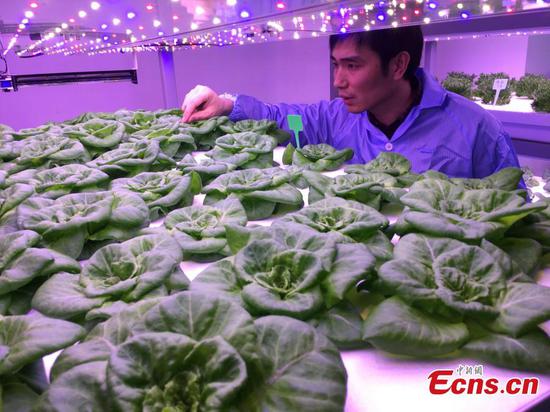Outlook II report: Solutions exist but production and hazards still growing
Minimizing the impacts of chemicals and waste will not be achieved by 2020 unless urgent actions are taken to contain chemical pollution, according to a United Nations report released this week.
The report, Global Chemicals Outlook II, published by the UN Environment Programme in Nairobi, Kenya, on Monday, said that the current chemical production capacity of 2.3 billion metric tons, valued at $5 trillion annually, is projected to double by 2030.
This is because consumption and production are rapidly increasing in emerging economies while the global supply chains and the trade of chemicals and products are becoming increasingly complex.
Achim Halpaap, special adviser in UNEP's Chemicals and Health Branch, said despite commitments to maximize the benefits of the chemical industry, hazardous chemicals continue to be released in large quantities.
"The world must take advantage of the many solutions that already exist and are highlighted in the report," Halpaap said.
The report said that while international treaties and voluntary instruments have reduced the risks of some chemicals and wastes, progress has been uneven and implementation gaps remain.
For example, as of 2018, more than 120 countries had not implemented the Globally Harmonized System of Classification and Labelling of Chemicals.
The World Health Organization estimated diseases from selected chemicals were affecting 1.6 million people in 2016, which Halpaap said is likely to be an underestimate.
Meanwhile, chemical production and consumption are shifting to emerging economies. The Asia-Pacific region is projected to account for more than two-thirds of global sales by 2030.
The report states that chemical markets across a range of industry sectors are growing, driven by economic development, population dynamics and other global megatrends. The chemicals market in the construction sector, for example, is expected to grow by 6.2 percent annually between 2018 and 2023.
While solutions exist, the report finds that governments are taking regulatory action on many chemicals.
Front-runner companies, on the other hand, are advancing standards beyond compliance and sustainable supply chain management, while consumers are driving demand for safer products and production.
Industry and entrepreneurs are developing green and sustainable chemistry innovations. Scientists are filling data gaps. Universities are reforming the way chemistry is taught, while management approaches from chemical hazard assessment to risk management and life cycle analysis are advancing.
"They highlight the uneven implementation of chemicals and waste management and point to opportunities for enhanced knowledge sharing, capacity development and innovative financing," said David Kapindula, a member of the report's steering committee.


















































